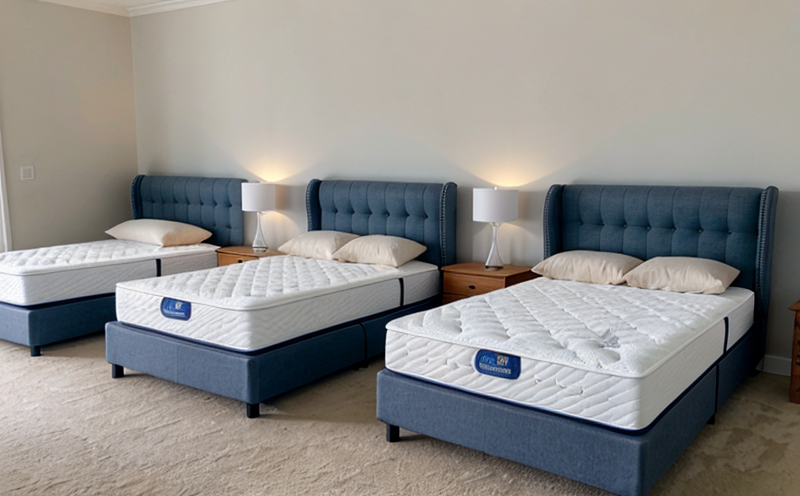ISO 7175-1 Bunk Beds Safety Requirements and Mechanical Testing
The ISO 7175-1 standard is specifically designed to ensure the safety of bunk beds by addressing structural integrity, stability, and overall mechanical performance. Compliance with this international standard guarantees that bunk beds meet stringent requirements for child protection, durability, and safe use.
Bunk beds are a popular choice in many households, especially when space is limited or children require extra sleeping arrangements. However, the design of these beds can introduce unique safety challenges. The ISO 7175-1 standard provides clear guidelines to mitigate risks such as:
- Structural failure due to overloading
- Slipping or falling accidents from the top bunk
- Inadequate stability leading to tipping over
- Poorly designed ladder components causing injury during ascent or descent
The testing procedures outlined in ISO 7175-1 are comprehensive and cover various aspects of bunk bed construction, including but not limited to:
- Stability tests to ensure the bed does not tip over under specified loads
- Bending strength tests for ladder components to assess their durability
- Impact resistance testing on railings and supports to prevent accidents
- Loading capacity checks to determine how much weight a bunk bed can safely support without damage
In addition to these mechanical tests, visual inspections are conducted to evaluate the quality of materials used in manufacturing. This includes checking for sharp edges, protrusions, and any other potential hazards that could harm users.
The standard also emphasizes the importance of clear labeling on bunk beds indicating maximum weight limits and appropriate age recommendations based on safety considerations. By adhering to these requirements, manufacturers can ensure their products comply with global standards, enhancing user confidence in product quality while meeting regulatory expectations.
Scope and Methodology
The scope of ISO 7175-1 encompasses bunk beds intended for use by children up to a certain age limit as specified within the standard. It covers various types of bunk beds including those with ladders, stairs, or spiral steps connecting upper and lower sections.
Manufacturers must follow specific procedures when preparing specimens for testing according to ISO 7175-1:
- All bedding components should be installed properly before starting any tests
- Loading conditions need to simulate actual usage scenarios as closely as possible
- Testing equipment must meet precise specifications laid out in the standard to ensure accurate results
The methodology involves several key steps:
- Selecting appropriate test samples representative of typical products available on market
- Performing initial inspections for visible defects or anomalies that could affect test outcomes
- Conducting stability tests by applying loads at specified points along the bed frame to measure resistance against tipping
- Carrying out bending strength assessments using specialized fixtures designed to simulate user activities like climbing up ladders or standing on upper bunks
Benefits
- Enhanced safety for children using bunk beds
- Increased marketability due to meeting international standards
- Protection against product liability claims and recalls
- Improved brand reputation among parents seeking reliable, safe furniture options
- Compliance with regulatory requirements in multiple countries
Eurolab Advantages
At Eurolab, we specialize in providing top-tier testing solutions that cater to the unique needs of furniture manufacturers. Our expertise lies not only in conducting rigorous mechanical tests but also in offering valuable insights into how best practices can be integrated throughout your production cycle.
We employ highly skilled technicians who stay current with all relevant standards updates, ensuring accurate interpretations and application of ISO 7175-1 requirements. With state-of-the-art facilities equipped to handle even the most complex bunk bed designs, Eurolab is committed to delivering reliable results every time.
Our commitment extends beyond testing itself; our team offers tailored advice on optimizing product design for maximum safety without sacrificing functionality or aesthetics. By partnering with us, you gain access to a wealth of knowledge and resources that will help drive innovation within your organization while maintaining unwavering focus on consumer well-being.





